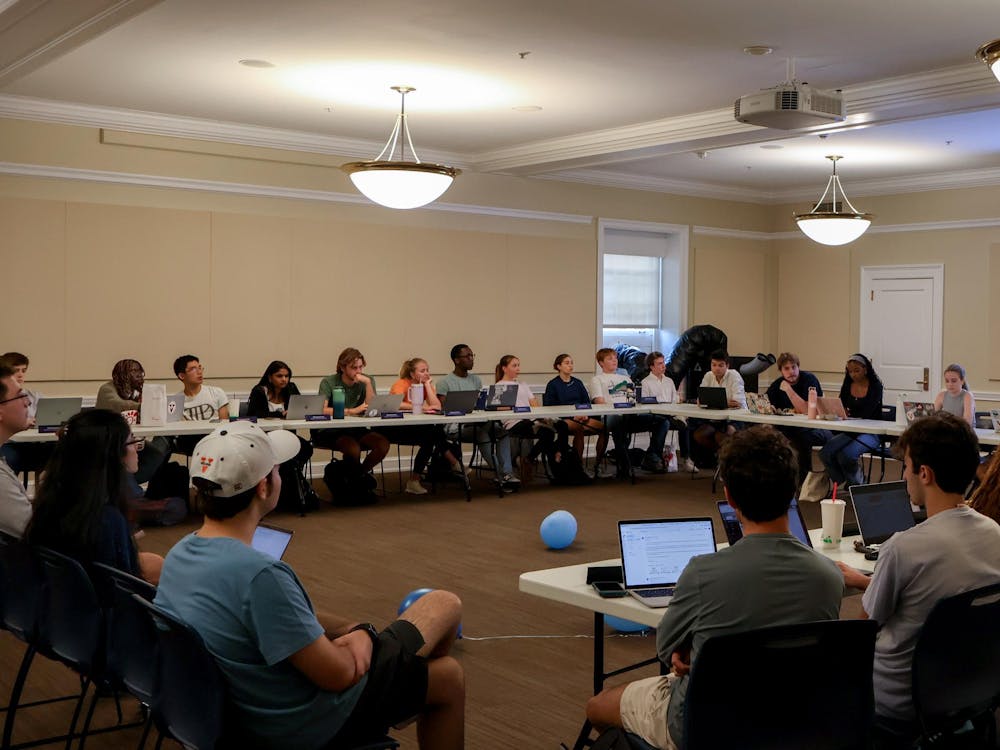Despite national reports that the turnout rate for young voters in the presidential election was no higher than in 2000, a University of Maryland study found that 20.9 million voters between the ages of 18 and 29 participated -- 4.6 million more young voters than the 2000 election.
Similarly, the number of youth voters in Virginia between the ages of 18 and 29 reached 550,000, reflecting a 12 percent increase from the 2000 election, according to statistics compiled by Virginia21, a Richmond-based political action tank. This was the first time that the total youth vote surpassed the half million mark, Virginia21 Executive Director Jesse Ferguson said.
"What we found was that 51.6 percent of eligible 18- to 29-year-old voters voted in 2004, which compares to 42.3 percent in 2000," said Emily Kirby, a research assistant for the Center for Information and Research on Civic Learning and Engagement at the University of Maryland.
Kirby attributes the underestimated reports of the youth vote to the incorrect interpretation of exit poll results, as well as the hurried nature of the statistics.
"I think it was a problem of using the wrong figures," Kirby said. "They were looking at the proportion of voters between the ages of 18 and 24, and they reported that only 10 percent of young people voted, but that's not true. That means that only 10 percent of voters were between the ages of 18 and 24."
In Virginia, young voters nearly matched senior citizens as a percentage of the electorate. Senior citizens made up 18 percent while 17 percent was made up of voters under 30.
"Legislators for years have said that they can write off young voters when they're making policy," Ferguson said. "This year defied expectation and proved what we've been saying all along: Politicians will have to pay attention to young people because we've been paying attention to them."
Kirby said the increase in youth voting can be attributed to various factors, including an increased number of organizations that target young people, the focus on issues that directly affect young people such as the war in Iraq, jobs and the economy, and the stark differences between the candidates.
"About 40 million dollars were spent nationally between groups to try and engage young voters," she said. "We also found that when a young voter is asked by another young person to vote, it increases turnout about 7 to 12 percent...Personal contact is very effective."
Numerous organizations at the University had campaigns to target and encourage youth voting.
"We had a voter registration drive that was a coalition of various organizations," University Democrats President Ally Gold said.






